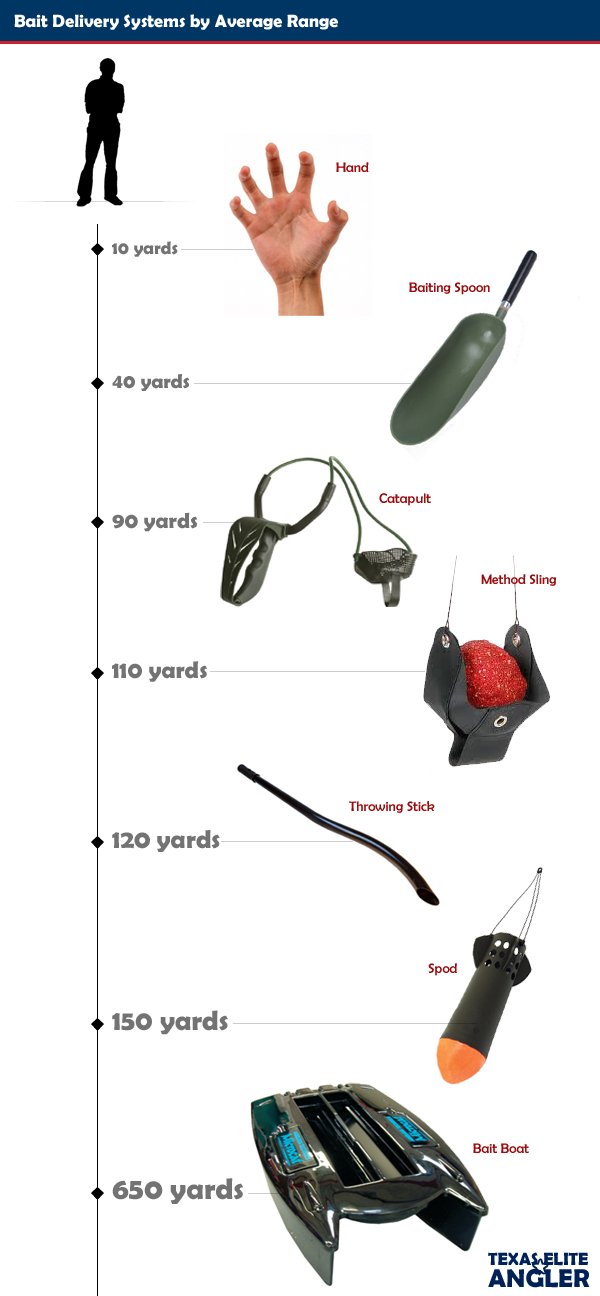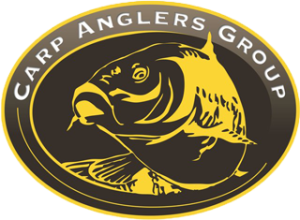Category Archives: Carp Tactics
North American Carp Angler Magazine – Spring 2015
Now available, the 2015 spring edition of the North American Carp Angler Magazine
click here to read it FREE: http://issuu.com/northamericancarpangler/docs/naca_2015_spring_edition
NACA is published by the Carp Angler’s Group (CAG) – a group of anglers dedicated to catch-and-release carp fishing.
Session Lesson :: Do Boilies Produce Bigger Fish Than Maize?
As I was banking it this weekend I had my feet up on the cooler, sipping a diet coke and wondering if one type of bait produces larger fish than another, namely Maize or Boilies. I’m mostly confident with maize. I believe maize holds a scent better than boilies and I like how it blends in with my packbait. Anglers will have two trains of thought here. Some, like me, would like to mask their hookbait so it looks like the surrounding food items to trick a wary carp into taking it. Others would argue that your hookbait should stand out so the carp can more easily zero in on it and be intrigued enough to pick it up. I’ve seen enough underwater carp videos to make me believe masking your hookbait is the better choice. Ive seen the carp stare down a bright pop-up and steadily eat everything else. I encourage you to experiment and see what works best for you, but I digress…
We’ve all heard the fisherman’s strategy of sizing your baits to your fish. If you want to catch a big bass, throw a big lure. Want to catch a big blue cat, present a big hunk of fresh cut shad on a wide gape hook (8/0). Shouldn’t the same hold true for carp and buffalo fishing? It would seem the answer would be yes, but lets remember that a carp and buffalo have a sucker type mouth and doesn’t hinge open to accept large baits so they may be the exception to the rule.
Remember this guy…54lbs of majestic buffalo caught on two kernels of fruity flavored maize.
To answer the question of which produces bigger fish, maize or boilies, I decided to fish one rod maize and one rod boilies for the remainder of the session. Rod 1 had three kernels of tutti frutti maize, Rod 2 had one 16mm tutti frutti boilie. I have smaller 10mm and 12mm boilies, but for the sake of the experiment I wanted to use a bigger bait to see if it snagged a bigger fish.
I caught 5 fish (I don’t count non-target species) during the session ranging from 6lbs to 20lbs. Below are the results:
ROD 1
- 6lbs Common Carp
- 8lbs Common Carp
- 11lbs Common Carp
ROD 2
- 18lbs Common Carp
- 20lbs Common Carp (Pictured above)
- 3 lbs Bullhead Catfish
This is hardly enough data to make any significant claims, but the session did open my eyes a bit. My two biggest fish both came on the boilie, while the smaller fish came on the maize. Was it luck? Did the maize just happen to get picked up by the smaller fish first? Did the bigger fish muscle in and take the choicest, biggest baits? It certainly bares more investigation which is the fun part!
I’d love to hear your thoughts. What’s your experience? What’s your confidence bait?
Reader Question: Is a Hair Rig better than a Treble Hook?
Mr. Dough Ball Near Dallas,
Thanks for reaching out and for asking that question. Most anglers here in Texas (and all over the US) use dough bait and a treble hook when targeting carp and buffalo. They do this because dough bait is a relatively cheap and accessible bait. When using dough bait, It’s almost a necessity to use a treble hook so that it stays on the hook. A single hook presentation causes the bait to fly off the hook on a stiff cast. The problem with this approach is treble hooks are bad for carp and buffalo. Most US anglers simply aren’t aware of their bait options when targeting carp. I can’t tell you how many times I’ve been approached by bystanders who recommended Wheaties and Big Red — a dough bait and American staple for carp fishing. I always take this opportunity to introduce them to fantastically effective baits such as flavored maize, boilies and tigernuts.
So why is a treble hook bad? I know I’m stating the obvious but, Carp and Buffalo have a sucker style mouth rather than a hinged mouth like a Bass. It is possible to double and triple hook a carp such that it can no longer open its mouth. The three hook points can effectively hold the carp’s mouth closed. If you break off the carp will be unable to feed and eventually starve to death. This of course is the worst case scenario and probably doesn’t happen too often, but it’s the potential that this could happen that leads most serious carp anglers to the hair rig.
Carp Anglers don’t hold the opinion that carp and buffalo are “trash fish”. We understand that these local lake monsters are ferocious fighters and require a certain amount of fisherman’s finesse to hook and land one. It’s this challenge and the fact they get so huge that defines their sport value. Bass fisherman can fish their entire lives and never break 10lbs. Carp anglers can bust 10lbs on a weekend.
So is the Hair Rig more effective than a Treble Hook? In a word, yes. The primary reason is that the hair rig presents bait to the fish off a fully exposed hook. Carp are extremely adept at ejecting non-food items. It’s what they do all day, every day. In fact, your treble hook rig probably gets picked up and spit out 100 times without any indication on your line. The dough ball molded around a treble hook increases the chances that the carp will eject the bait. The beauty of the hair rig is that the carp doesn’t get a second chance. Once he makes that mistake and sucks the bait in, the hook follows the hair. The carp realizes there is something not right in his mouth and tries to spit it out. Too late, the hook finds a hold and FISH ON!!
A wise angler once told me It’s all about increasing your chances of a hook up. Covering the hook, decreases your chances. Fishing a Hair Rig, increases your chances and there are a multitude of rig and bait tweaks that increase your chances even further.
thanks for your question and let me know if I can help in any other way.
Clayton
North American Carp Angler – Q3 – Now Available for Free!
Read it and catch more fish! http://carpanglersgroup.com/naca/2014Q3NACA/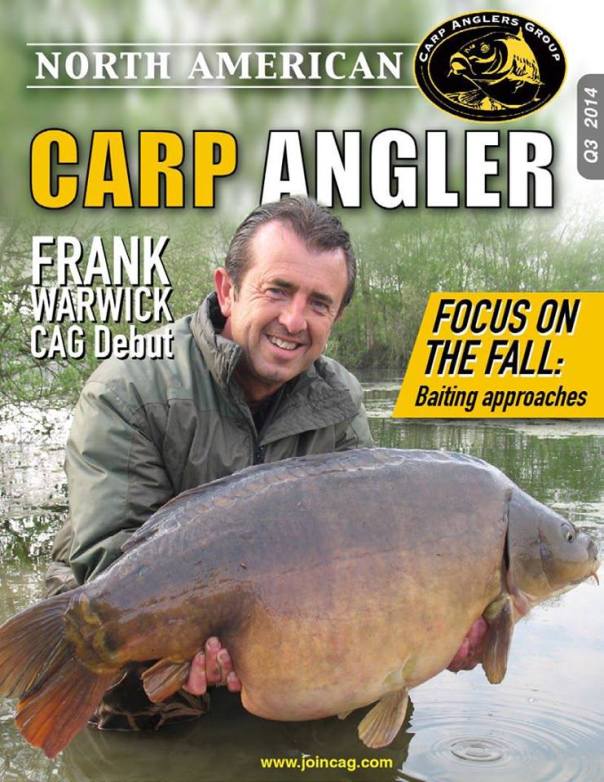
Carp Tactics :: How To Fish With Pack Bait Using The Method
One of the most effective ways to catch carp and buffalo is fishing what is known as “The Method.” As mysterious as “The Method” sounds, it’s really quite easy to add to your arsenal of carp catching tactics. Honestly, if you’re not fishing the method, then you’re probably not catching to your potential.
Before we discuss the method, we need to define “Pack Bait.” Pack Bait is a particle bait made with a three components, a Binder, a Breaker and a Wetter. Together these particles work in unison to create a highly attractive baiting strategy that has put more carp and buffalo in the net than any angler could count.
Components of a Pack Bait:
Binder: The binder is your pack bait base and is what allows the bait to pack together and stick. Without a binder your bait ball would not hold together and you would be unable to pack it around your lead, much less cast it out. Examples of binders:
- Oats – 100% Old Fashioned, not Quick or Instant
- Grits – Instant no Quick
- Panko – Japanese Bread Crumb
- Soy Meal
- Calf Manna
- Bread – White bread
Breaker: The breaker is an additive to your pack bait that allows your bait ball to break down in water. Without a breaker your binder would hold together too well and not break down into that lovely bed of bait. It’s important to get your portions correct. To much breaker and your bait ball won’t pack well and fly off on the the cast. Examples of breakers:
- Quick Grits
- Bird Seed
- Cracked Corn
- Sweet Feed
- Hemp
NOTE: Any seed or grain baits should be soaked for 24 hours, and in some cases boiled before use (post coming on this soon). Failing to soak your baits will allow the bait to swell in a carp’s belly which could burst it’s stomach.
Wetter: The wetter is the catalyst that starts the binding process. Dry particles won’t pack, but by adding the wetter binding particles swell with the moisture and become packable. Examples of wetters:
- Creamed Corn
- Lake Water – Don’t use tap water
- Flavored Syrup
- Corn Steeped Liquor (CSL)
The Method:
Ok, now that we know what Pack Bait is, lets demystify The Method. The Method is a strategy for casting out a small bed of particle bait with your hook bait. Carp are adept at locating these small piles of bait and will eventually encounter your hook bait as they gobble up the free particles. Rig camouflage and proper tying will ensure your hook bait isn’t ignored or ejected and BAM! Fish on.
To deploy the method ball, we’ll be packing the bait around your lead. The lead has enough structure to give the pack bait something to hang on to. Some anglers pack the bait around their hook bait, but in my experience the pack bait flies off the cast more often this way. Various leads can be used to improve pack bait grip such as a Gripper Lead or Method Cage.
To start, take a handful of pack bait and place your lead at it’s center. The lead should be aligned such that your line will feed out of the top and bottom. If you crimp the line in your pack bait ball the ball will come apart on the cast as this line straightens out under the force of the cast.
Second, take another handful of pack and cover the lead. Compress the pack bait around your lead by pressing the bait together. Sometimes it helps to wet your hands before packing so the bait doesn’t stick to your hands. Continue to compress the bait around your lead until you have a hard packed ball. Note, the more compressions you give your pack bait the longer it will take to break. It’s a good idea to throw a small ball into the water’s edge to judge break time. A ball that breaks down completely in 5 mins is ideal.
Your pack bait should pack easily. If it breaks or flakes, it is too dry. Add a small amount of wetter. Careful you don’t over wet or your pack bait will become soggy and wont hold together on the cast. It takes some time and experience to get this right, but you’ll be an expert in no time. Keep a lid on your pack bait bucket to prevent it from drying out.
Once you have your pack bait molded, take your hook bait and hook it into the bait ball. This ensures your hook bait will be resting among the particle bait bed at the bottom of the lake and also prevents any hook link tangles on the cast. There is a potential that your hook bait can be pinned beneath the bait ball as it settles to the lake bottom, but I wouldn’t worry to much about this as a hungry carp will knock around the lead while feeding. If you want to ensure perfect presentation, then get a method cage that has one side weighted like the one in the “Pack Bait Leads” graphic.
That’s it. Cast that baby out and get ready for a run.
Method Ball Baiting:
Your pack bait can also be used to build up a bed of particles in your swim to get fish competitively feeding, and more importantly to keep them feeding once they arrive. Using a Catapult, Method Sling, Wacker Blaster, Spod, or Spomb, you can deploy method balls (pack bait rolled into balls for throwing out) at range to keep the area baited up and fish feeding. Size the method ball to the device your using to throw them out.
The Method is a highly effective way to entice carp and buffalo in to your swim and get them feeding aggressively. The more aggressively they feed the more likely they are to make a mistake. With a good hook bait presentation combined with the Method you will exponentially increase your chances of catching.
How To Prepare For A Fishing Tournament
Some fisherman are purists and simply enjoy being outdoors and experiencing nature and care little if they catch or not. As long as there are drinks in the cooler and good conversation these fisherman are content. Others, like myself, enjoy angling. We consider the weather conditions, seasonal fish patterns and study hydrographic maps to increase our chances of catching more and bigger fish during our time spent on the bank or in the boat. This amount of focus lends itself to competition where an angler can test his or her skills along side other anglers. Fishing tournaments and derbies are the best outlet for not only measuring an angler but also for networking with other like-minded fisherman. Even the saltiest angler may pick up a new trick, innovation or technique through the course of the tournament.
Next week I will be competing in the Austin Team Challenge (ATC), a carp angling event on the metropolitan Lady Bird Lake in Austin, Texas. In the US carp fishing community this is a significant event that attracts carp anglers from around the country. With my registration paid and a tidy sum spent on equipment and bait, all that remains is to prepare. This is how I go about it.
The Physical Preparation:
Don’t be a Fool, Re-spool:
Starting on the gear side of preparation, the first thing I consider is my line — that vital connection between me and a carp (aka Points). If my line has been on the reel for more than 12 months, it’s got to go. If the line hasn’t hit it’s first birthday, then I check it over. If I detect any weakness in the line such as twist or nicks, it’s got to go. The confidence I feel from freshly spooled line feels great so it doesn’t take much to make me strip a reel and respool fresh line.
Fill the Rig Wallet:
If you snag up and snap off you have to be ready to tie on a new rig. You don’t want to have to spend precious fishing time fiddling with rig components. That rubber bead seems to get three times smaller and the line three times thicker when the clock is ticking. Taking the time to tie up back-up rigs will save you a lot of time and you’ll appreciate the relief when you can simply pluck out a rig, tie up and get back out in the water in a matter of moments.
You can also use the per-tournament preparation time to tie up rigs for different applications. If you arrive at your fishing spot to find conditions aren’t favorable for your current rig, you can quickly switch over to a new rig designed for the unexpected condition. Consider the various conditions you could find yourself in and tie a rig to match each, this way whatever comes your way, you’ll be ready while your competitor goes back to the tackle box.
Fresh Batteries and Back-ups:
If you’re using equipment that requires batteries, save yourself some grief by stocking up on the appropriate batteries. Put a fresh set in your powered gear so you know it will perform at 100% power, then put a set in your tackle box or gear bag just in case.
Stock up on Bait:
Have a confidence bait or fishing a tourney that allows chumming? If so, then load up and bring more than you’ll need. Any excess will get used in future fishing sessions, but don’t get caught short. You can’t catch fish if you run out of bait.
The Gear Check and Clean Up:
I like to take time before a tournament to pull out all my fishing gear and give it a good once over, cleaning as I go. How do the eyes look on those rods, still good? I also find it helpful to organize the tackle box. The act of cleaning and organizing your tackle will orient you to where everything is at. When a particular bit or tool is needed you’ll know just where to go to put a finger on it.
The Mental Preparation:
Check Weather Conditions
About a week out from D-day you should check the weather conditions. If you’re in Texas you might want to wait until a couple days before — things change fast in these parts. This is important for a number of reasons. Weather conditions will tell you where the fish will likely be, provide clues to their behavior and help to cull down gear, bait and rig choices.
Weather will also dictate clothing choices and what additional gear you’ll need for your comfort while fishing. I once fished a tournament without a good coat when the weather had turned cold and it was miserable. Never again.
Study the Map:
Dore the Explorer got it right. The map, the map, the map is very important. A hydrographic map of the tournament waters will zero you in that much further. The lake contours and structure will reveal some likely fish haunts and this intel combined with weather conditions will go along way to putting you on to fish.
Hit the Forums:
I’m about to drop a secret here so get your pen ready. Drawing down on a tournament folks can get mighty tight lipped, but those same contestants were sharing fishing experiences openly six months to year ago on the fishing community website or forum. Conducting a few targeted forum searches could yield you some important intelligence on the tourney waters and help you with tackle and bait choices.
Get a Good Night’s Sleep:
Exhaustion and sleep deprivation will dull your senses and judgement. You may consider and make choices that you would not normally make. Exhaustion will sap your confidence and confidence is your best weapon in a tournament setting. It’s good to network and have a good time with your angling buddies, but set a limit and allow yourself enough time to get a good sleep. Fishing tourneys generally start early-early in the morning. Be ready.
The Spiritual Preparation:
Visualize Success:
As goofy and new-age as it sounds, visualizing success is a valuable step. Mentally rehearse your tournament session. See yourself making those perfect casts, reading the subtle bite indications and landing the big fish. It’s ok to imagine a good weigh-in and see the elation on your face. Through the process of mentally rehearsing you’ll identify any gaps in your process and remind yourself of the little things that make a difference. This exercise will develop in you a muscle memory that will have you casting in better form and not overplaying the fish.
Positive Self-talk:
Another odd suggestion, but try it. Start your morning with a positive affirmation that you are a talented angler, that you will win the day and you’ll be more likely to do so. Starting your day with a defeated attitude will lead to your defeat.
Pray:
As a Christian, prayer is a powerful tool in my tackle box. Pray for grace and positive character. Tournaments can bring the worst out in people. Pray for yours and the other anglers’ safety. As important as fishing is to us anglers, it’s not worth an injury. Pray for favorable conditions and an abundance of fish — it never hurts to throw that in there.
I would be interested hear about what you do to prepare. Any tips, please share by dropping me a note at txeliteangler@verizon.net
Vampires, Unicorns and Buffalo Carp
Vampires, Unicorns and Buffalo Carp. What do these three things have in common? Well, unicorns aren’t suckers and Vampires don’t have horns, so it must be that all three do not really exist. That’s right, there’s no such thing as a Buffalo Carp, nor vampires and unicorns for that matter. The term “Buffalo Carp” is actually a misnomer derived from combining two separate freshwater fish species into one because of their similarities.
The Common Carp and the Smallmouth Buffalo are two separate species. They’re not even in the same family, biologically speaking. So lets look at the differences between the two and clear up the confusion once and for all.
Differences between Common Carp and Smallmouth Buffalo:
Taxonomic (Biological) Family:
Common Carp belong to the “Cyprinidae”, or more easily referenced “Minnow” family. Fish belonging to this large family are the carp species and true minnows. The minnow family is the largest fish family made up of approximately 2400 species and is also considered the largest of the vertebrate families — that’s a big family. Buffalo on the other hand belong to the “Catostomidae” or “Sucker” family. A much smaller family of fish, the Sucker family is composed of about 80 species.
How to tell the Difference – Barbels:
The most obvious feature that distinguishes a Common Carp from a Smallmouth Buffalo is the presence of barbels. Barbels are sensory organs like taste buds that allow fish to zero in on food. Carp have them. Buffalo do not.
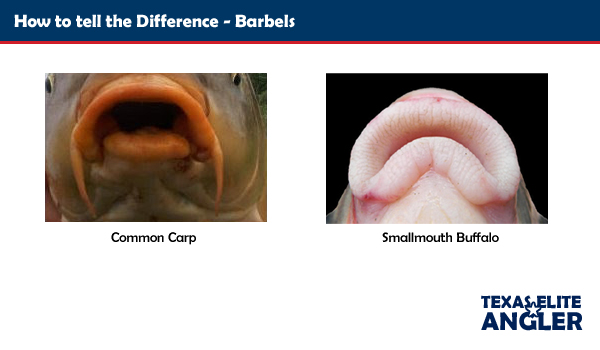 How to tell the Difference – Color:
How to tell the Difference – Color:
You’ve probably heard me refer to catching a carp as “striking gold” or a beautifully landed carp as a “bar of gold.” While I do value the fish, my comments aren’t referring to their monetary value, but rather their coloring. Common Carp have an unmistakable golden color. This gold sheen is usually complimented by a fiery orange tail. Their color is impacted by the amount of sunlight they receive and their diet so some may be lighter or darker — 50 shades of “gold” we could say.
Smallmouth Buffalo on the other hand are particularly light colored, ranging from white to a light grey. In the right light and conditions, some may even appear to have a blueish tint. Smallmouth Buffalo shouldn’t be confused with Black Buffalo which are very dark in color.
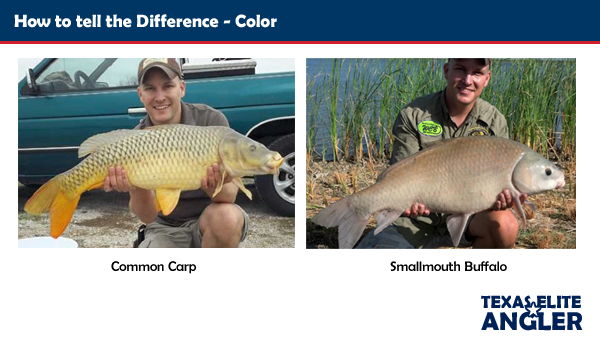 How to tell the Difference – Eye Color:
How to tell the Difference – Eye Color:
If you can’t get a good fish id because the barbels may have been chewed off (it happens) or your capture’s coloring is abnormal, then a third part of the anatomy you can examine are the eyes. Carp and Buffalo have distinctly different eyes. Carp eyes are gold rimmed and bright, whereas Buffalo have dark, vigilant eyes.
What Other Differences Do They Have?
Apart from how they look, carp and buffalo have many subtle differences that you’ll encounter by fishing for them. Carp will take a bait and rocket away with it once they realize they’re hooked. A Buffalo will chew and suck on a bait which gives you a much more subtle bite indication. At times you will need to set the hook on a Buffalo, where a Carp will usually hook itself.
Carp tend to be much more aggressive and difficult to land. They will give you long, powerful lunges which will test your line, knots, and drag system. They keep their nose to the bottom of the lake as long as they can and drive hard to either direction increasing the chance of a snap off or abrasion against submerged structure. Buffalo tend to come to the surface more often, sometimes even getting a bit acrobatic with some out-of-the-water leaps and rolls. Don’t be fooled though, Buffalo also have a tremendous amount of power, but their lunges are fewer and shorter lived.
Lastly, Buffalo are more frisky on the unhooking mat than carp in my experience, probably because carp are exhausted from the fight. Knowing this, it’s important to take extra care when handling buffalo so they don’t get injured during the unhooking and photography. When returning these fish to the water take your time. Allow them to catch their breath and swim off on there own as opposed to dropping them into the water.
Carp Tactics :: Getting Your Bait Out There
Whether you’re pre-baiting a spot or trying to drop some free bait offerings around your hookbait to create a confident feeding situation, you’ll encounter your first angling challenge. How do you get the bait out there? Every carp fisherman I know started out just as I did, hurling out handfuls of golden sweetcorn like a major league pitcher then nursing a sore shoulder the next morning. Unless you like the workout, wearing out the ole’ ball-and-socket isn’t necessary. There is a veritable arsenal of gadgets available to anglers that can deploy generous amount of bait to a target area. One thing is for certain, “If you bait it, they will come.” and in carp angling accuracy is key. Use the correct tool for your range and a slimy unhooking mat will be in your near future.
I’ve tried them all, except a bait boat (cost prohibitive), and each has its pros and cons. Presently, I vacillate between the Method Sling and Spod/Spomb, depending on how I’m feeling when I get to the water. Worth noting, if you own a kayak your range is unlimited and you don’t have to worry about a line snapping off or batteries giving up.
Carp Tactics :: Want to Learn to Catch Carp, Join a Club
If you’ve never fished for carp or buffalo before — don’t feel bad, most fisherman haven’t — and would like to learn more about one of the best fighting, freshwater sport fish around I would encourage you to look into local, state and national fishing clubs. A fishing club is a group of like-minded anglers who target a species of fish. No matter where you are, I’d bet a shiny nickle there’s a fishing club for just about any species of fish that swims. There’s bass clubs, catfish clubs, crappie clubs and wouldn’t you know there’s carp fishing clubs too. If for some reason there isn’t a fishing club in your area, what’s stopping you from starting one?
For carp fishing there’s three clubs that I would recommend. I’m a proud member of all three, and each are made up of very good anglers who are open to sharing and teaching others about carp angling.
Carp Anglers Group (CAG)
Carp Anglers Group, or CAG, is a nationwide organization of carp angling enthusiasts who organize fishing socials called “Fish-Ins”. Fish-ins are a great way to meet other anglers, swap fish tales and share techniques. CAG also sponsors tournaments across the country for a modest admission fee to cover costs. Most notable (at least in Texas it is) is the Austin Team Challenge or ATC. ATC partners up experienced anglers and pits them against other teams. Carp anglers come from all over the country and as far as the UK and South Africa to participate. Whether you know it or not Austin, TX is a kind a mecca for carp fishing as its Town Lake, Emma Long and Decker Lake hold some massive specimens.
Wild Carp Companies (WCC)
Wild Carp Companies, or WCC, is also a nationwide organization but it is divided into Clubs or Chapters. Texas Clubs exist in Austin, Houston and North Texas. WCC offers a recurring annual tournament that selects venues from around the Club region to host tournament sessions. Tournaments are led by Club Directors who are local anglers who volunteer their time. Points are awarded by catch weight at 1 point for every 1 oz. Top weight wins the day and highest total weight wins the year long event. Prizes are awarded for highest accumulated weight, weight of biggest four fish caught and smallest fish (a nice twist in this challenge).
WCC hosts larger tournaments, the most prominent being the Texas 44, a 44 hour endurance fishing tournament held on legendary Lake Fork. The admission is steep at approximately $600 but offers the opportunity to fish with some of the best anglers in the country and catch some truly amazing fish.
Lone Star Carp Brigade (LSCB)
Lone Star Carp Brigade on Facebook
Lone Star Carp Brigade, or LSCB, is a group of friends in Texas who angle for carp and buffalo and are open to sharing their passion with anyone eager to learn. This is where I cut my teeth in carp angling. Anglers can be tight lipped about the bait, techniques and honey-holes, but I’ve found that the carp fishing community is much more forthcoming. You’ll find you secretive types from time to time, but by-and-large most will reveal their techniques openly. LSCB is a great example of this open community based on carp education and outreach.
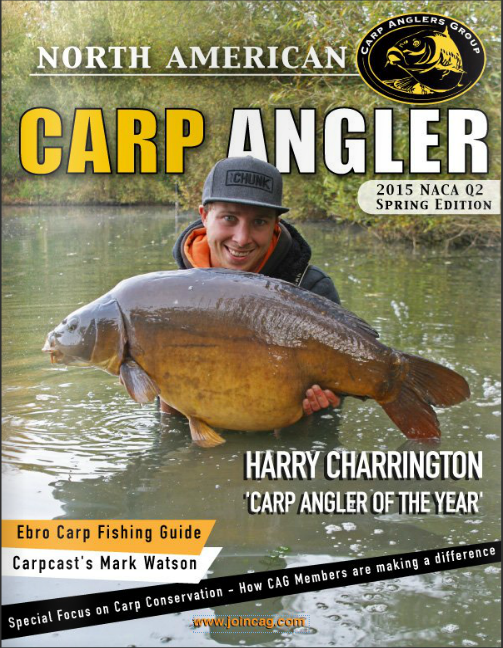
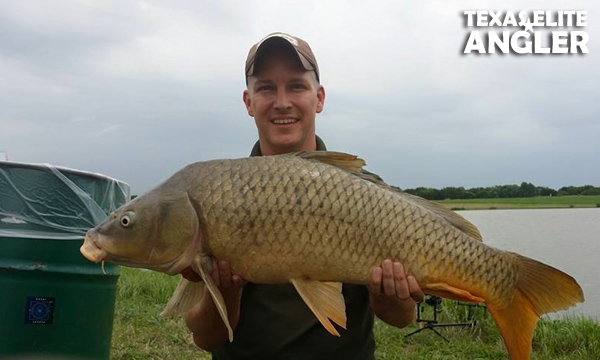
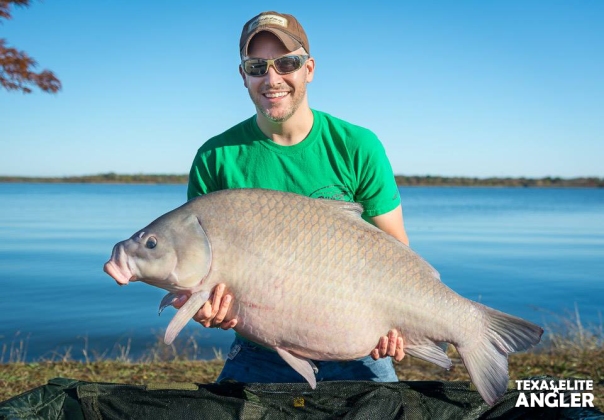
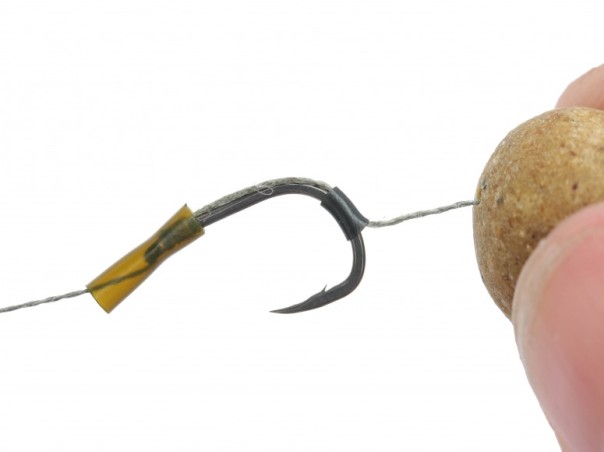
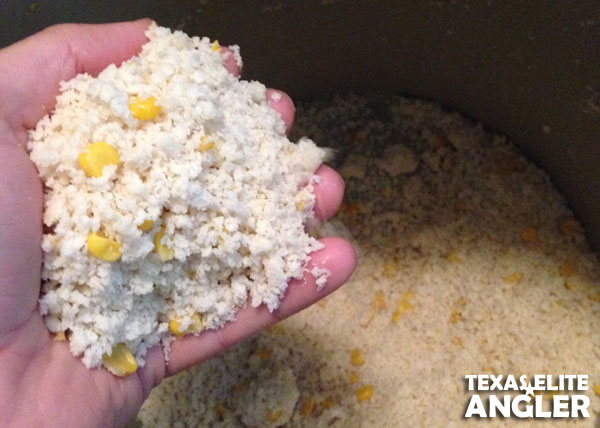
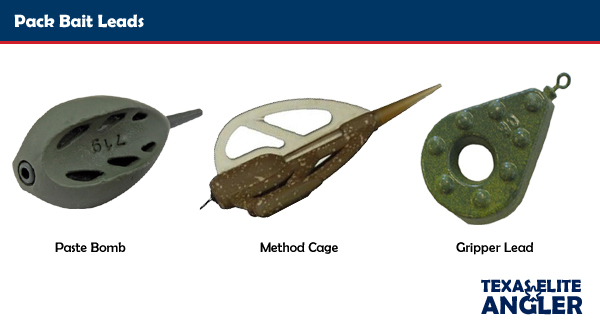
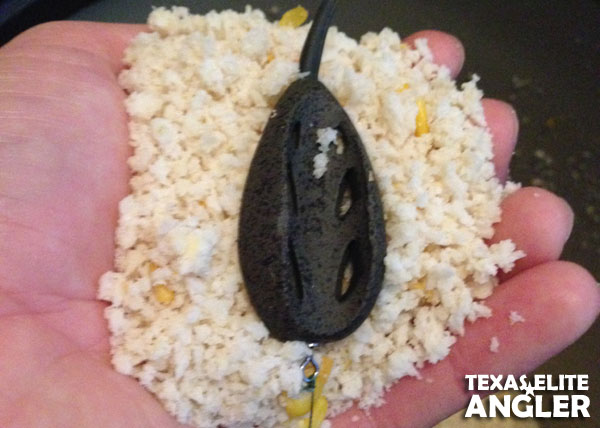
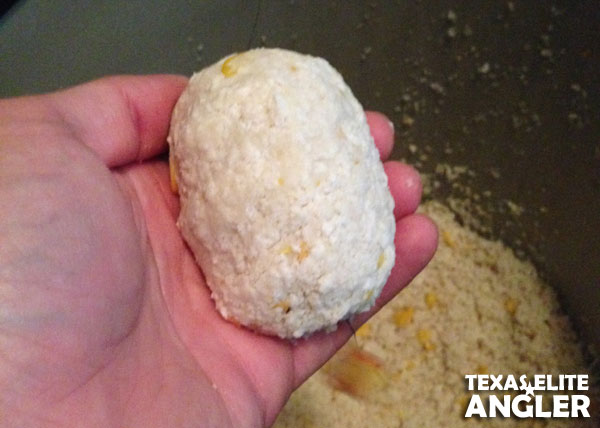
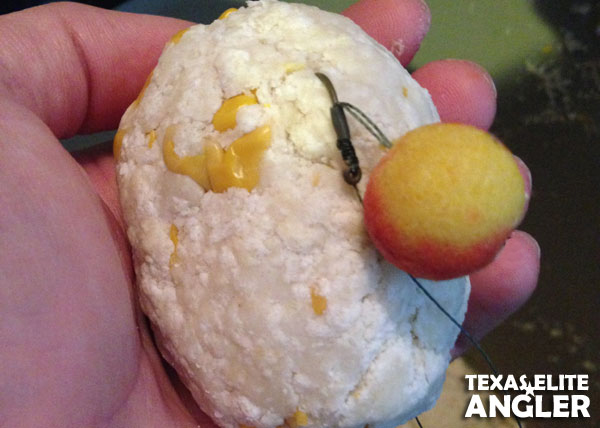
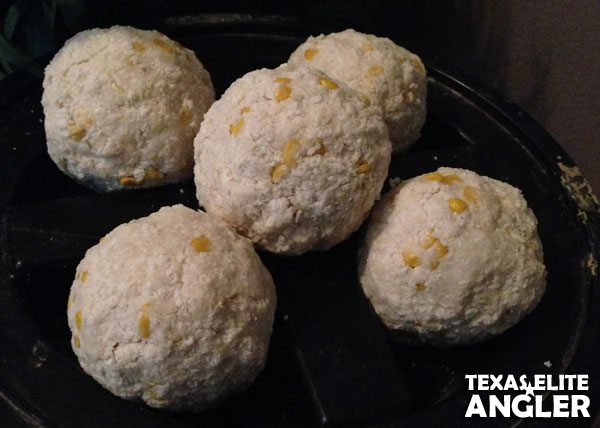


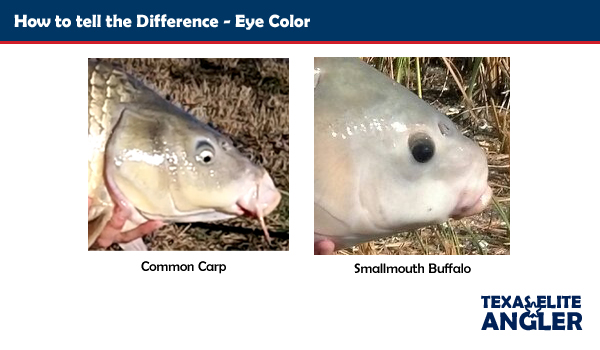
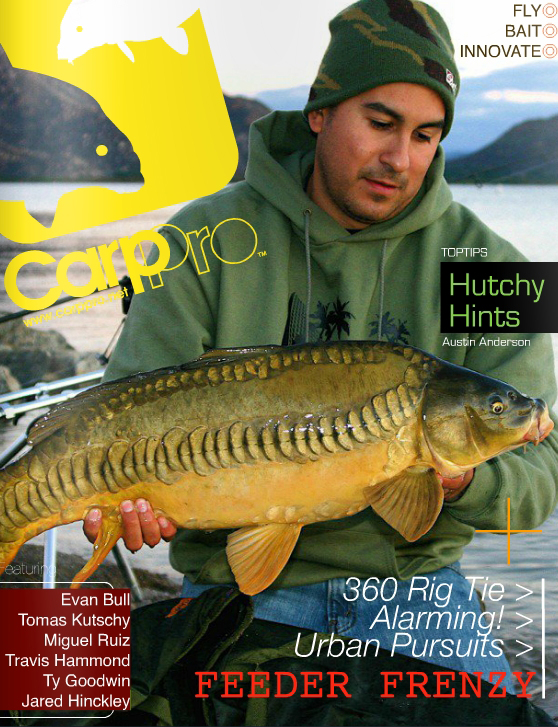 clicky
clicky